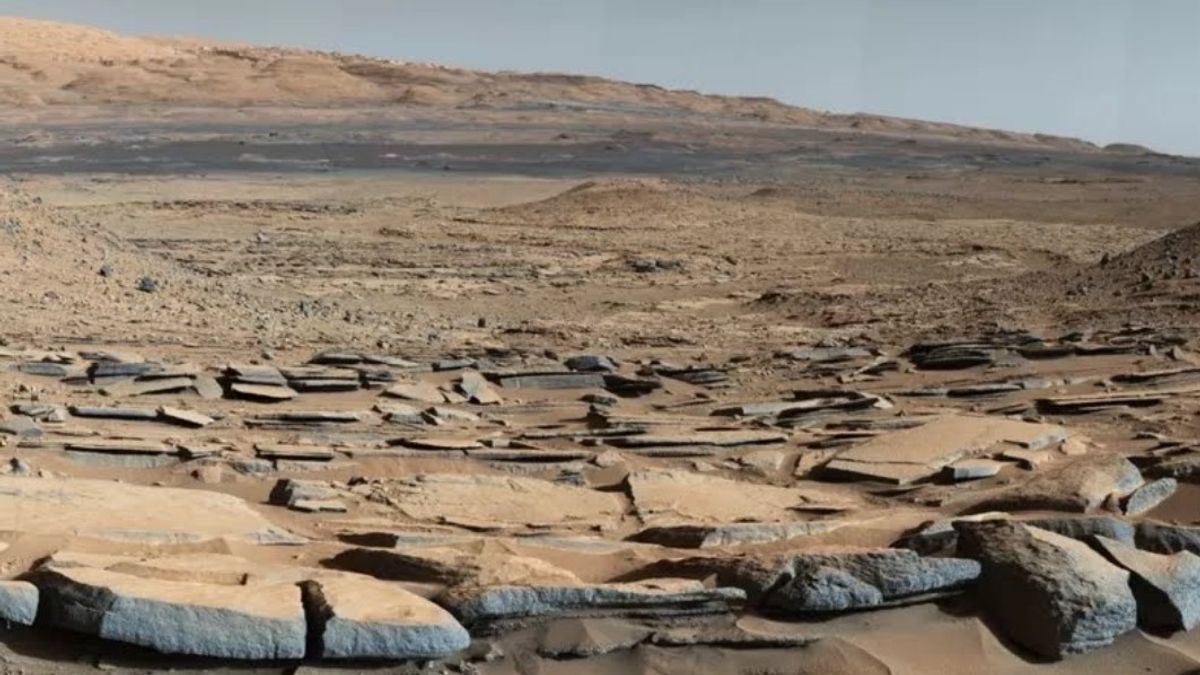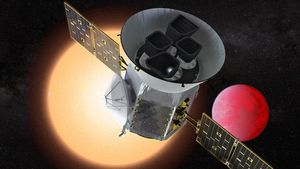
JAKARTA - In 2018, scientists managed to find visible water under the surface of Mars, the south pole of the planet covered in ice. But now, that possibility was just an illusion.
The discovery was made using radar data from the European Space Agency's (ESA) Mars-orbiting spacecraft, Mars Express. Scientists saw bright reflections and assumed they were looking at the water under the polar cap.
However, new research by the University of Texas says the planet's temperature and pressure make it impossible for water to exist there.
"For water to stay this close to the surface, you need a very salty environment and a source of locally generated heat, but that just doesn't match what we do," said Cyril Grima, Planetary Scientist at the University's Institute of Geophysics.
Launching News Sky, Tuesday, January 25, scientists stated that the appearance of the water could be volcanic rock buried under the ice, and not water. They tested their own theory by looking at how the planet would appear if viewed through a mile of ice.
This allowed them to compare features across the planet to those under the polar cap. Grima noticed the same bright reflections as seen in 2018, but they are scattered across the planet, matching the location of the volcanic plains.
Lava flows, which are rich in iron, can leave rocks with similar reflections, which can be mistaken for water.
SEE ALSO:
While this may seem like disappointing news, a lot of ice can be found on Mars, and many scientists are excited about further developments in understanding the planet.
"The beauty (of this find) is that it gives us an excellent place to look for evidence of ancient lakes and riverbeds and test hypotheses about the more extensive drying of the Martian climate over billions of years," said George University geophysicist Isaac Smith.
Smith believes that the bright reflections are caused by the type of clay that is created when rock is eroded in water. The study has been published in the journal Geophysical Research Letters.
Planetary images from NASA's rover last year confirmed there was once a lake on the surface that flowed by a small river about 3.7 billion years ago. It is hoped that the sediments found inside the Jezero crater can hold traces of life.
The English, Chinese, Japanese, Arabic, and French versions are automatically generated by the AI. So there may still be inaccuracies in translating, please always see Indonesian as our main language. (system supported by DigitalSiber.id)
















